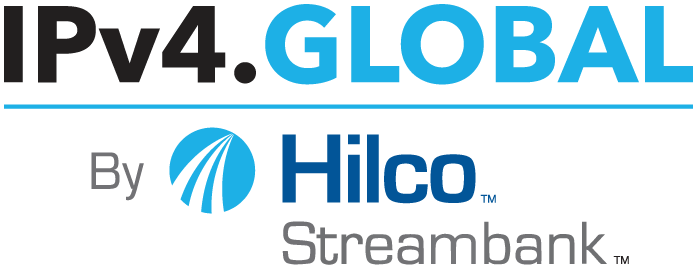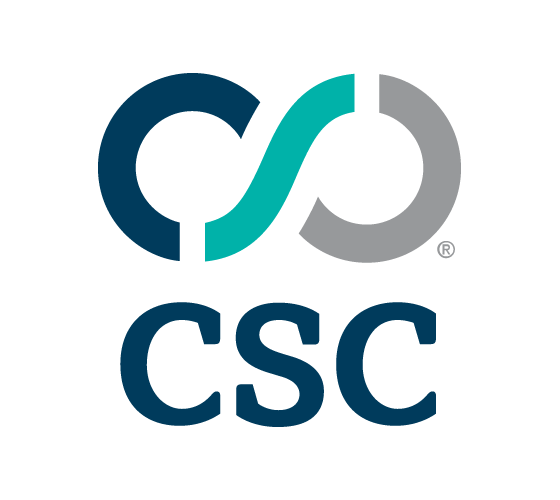


|
||
|
||

The market for IPv4 addresses continues to experience deflationary pressures, with recent data showing a steady decline in prices across all block sizes. According to May 2025 figures from IPv4.Global by Hilco Streambank, average prices per address have been trending downward for nearly a year, with large blocks—particularly /16s—leading the descent.
The most striking trend has been the sharp fall in /16 block prices. In mid-2024, these fetched nearly $50 per address; by May 2025, the figure had slipped below $21. This plunge is largely attributed to robust supply. Owners of large blocks, perhaps sensing a peaking market, have released significant volumes into circulation. Some have gone further, subdividing blocks into smaller units in an attempt to maintain pricing power.
Yet the strategy appears to have had the opposite effect. As these subdivided blocks flood the medium-size segment, prices there have also dipped. Mid-sized ranges like /17 to /21, previously more insulated from sharp fluctuations, are now trading closer to $30 per address, compared to mid-$30s a year ago.
Smaller blocks, such as /22 to /24, remain comparatively stable, though they, too, have seen mild declines since January 2025. This segment likely benefits from consistent demand among smaller network operators and emerging markets.
The data, which reflects both private and online sales, provides a timely snapshot of a rapidly evolving market. As address exhaustion continues to constrain global IP resources, the volatility in pricing underscores the strategic calculus facing holders and buyers alike.
Future movements will depend on how supply-side pressures evolve and whether demand rebounds in step with broader digital infrastructure expansion. For those navigating this space, vigilance remains prudent. A more detailed breakdown can be found at IPv4.Global’s transaction history.
Sponsored byWhoisXML API

Sponsored byRadix

Sponsored byDNIB.com

Sponsored byVerisign

Sponsored byIPv4.Global

Sponsored byVerisign

Sponsored byCSC
